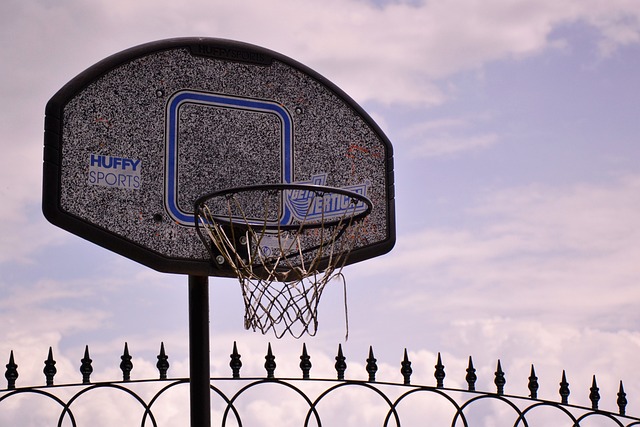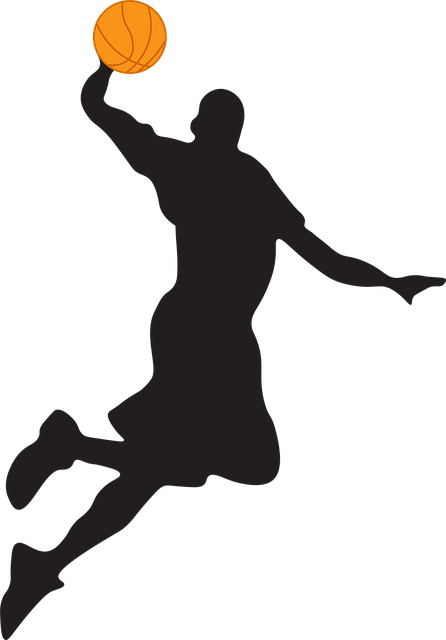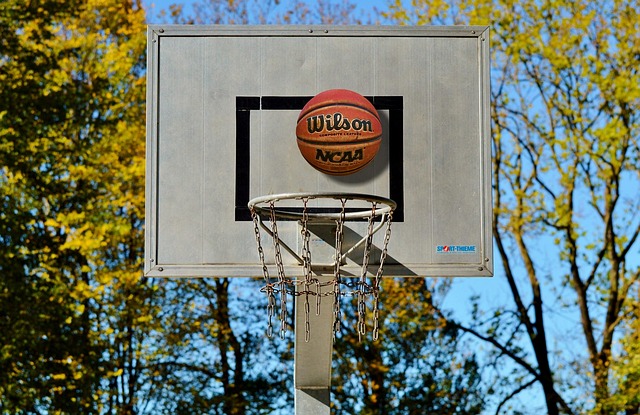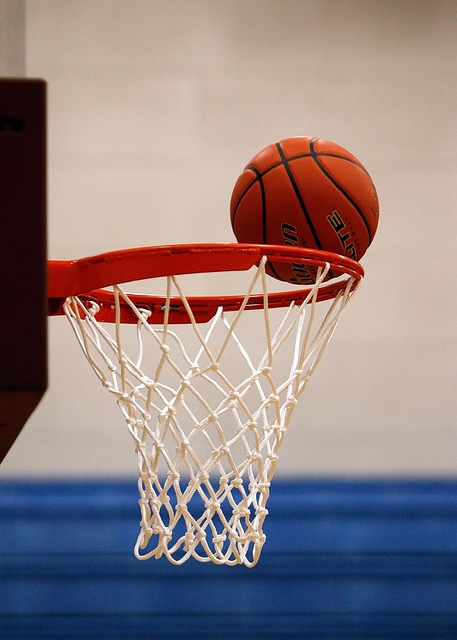The Ducks women's basketball uniforms evolved from classic simplicity to dynamic designs, mirroring the growth of women's sports and their increasing national prominence. Early uniforms showcased school colors and bold aesthetics, later incorporating bolder styles, advanced materials for performance, and unique logos. Today, the Ducks maintain a strong brand identity with clean lines, vibrant colors, technical features, and an homage to Oregon's athletic history, setting a trend nationwide.
Dive into the fascinating evolution of the Oregon Ducks women’s basketball uniforms through the years. From the early days to the current trends, this article explores how the Ducks have modernized their attire while retaining iconic elements. Discover the classic styles of the 80s and 90s, the color schemes and logos that have marked each era, and the contemporary designs that define the Ducks women’s team today.
- Evolution of Oregon Ducks Women's Uniforms: Early Years
- Classic Styles: The 80s and 90s Look
- Modernization: New Millenium Changes
- Color Schemes and Logos Over Time
- Current Trends: Ducks Women's Team Unifoms Today
Evolution of Oregon Ducks Women's Uniforms: Early Years

The evolution of the Oregon Ducks women’s basketball uniforms reflects not just changes in fashion, but also the growing prominence and recognition of women’s sports. In the early years, the team’s attire was relatively simple, often consisting of solid-colored jerseys and shorts with minimal branding. This modest look aligned with the overall lesser visibility of women’s collegiate basketball during that period. However, as the Ducks began to gain traction on the court, both in terms of wins and national attention, their uniforms started to evolve, incorporating more distinctive designs and vibrant colors.
The shift towards more stylish and eye-catching uniforms coincided with a rise in fan support and media interest in the Ducks women’s team. By embracing trends that resonated with modern sports enthusiasts, Oregon not only enhanced its brand identity but also set a standard for other women’s basketball programs across the nation. This early adoption of trendy designs has since become a hallmark of the Ducks’ uniforms, foreshadowing their continued success and cultural impact in women’s college athletics.
Classic Styles: The 80s and 90s Look

In the 80s and 90s, the Ducks women’s basketball team embraced a classic style that defined an era. Their uniforms reflected a simple yet bold aesthetic with sleek designs and vibrant colors. The iconic look often featured form-fitting jerseys with collared shirts, paired with matching shorts or pants. This era’s uniform was characterized by clean lines and a unified color scheme, showcasing the team’s cohesion on and off the court.
The 80s and 90s also marked a time when the Ducks started incorporating school colors—vivid green and yellow—boldly, ensuring that their uniforms stood out both on and off the basketball court. This period’s uniform design laid the foundation for the team’s visual identity, creating a lasting impression in college basketball fashion history.
Modernization: New Millenium Changes

The turn of the millennium brought significant changes to the Ducks women’s basketball uniforms, reflecting a broader trend in sports fashion. Gone were the traditional, often conservative designs of previous eras, replaced by bolder, more modern aesthetics. This shift aligned with the growing popularity of athletic wear influencing mainstream fashion, leading to more colorful and dynamic uniform styles. The new millennium’s focus on individual expression and breaking from conventional norms allowed the Ducks women’s team to showcase unique uniforms that set them apart on the court.
These advancements in uniform design didn’t just stop at visual appeal; they incorporated advanced materials and technologies aimed at enhancing performance. Lighter fabrics, strategic paneling, and improved moisture-wicking properties became integral parts of these modern uniforms, allowing players greater freedom of movement during intense games. As a result, the Ducks women’s team not only looked contemporary but also benefited from functional advancements that contributed to their on-court success.
Color Schemes and Logos Over Time

The Oregon Ducks women’s basketball uniforms have undergone a dynamic evolution, reflecting both changes in fashion and the program’s rising stature. Early uniforms often sported classic combinations of white and navy blue, emphasizing simplicity and tradition. As the team gained recognition, the color palette expanded, incorporating vibrant shades like orange and gray to stand out on the court. These color schemes not only caught the eye but also aligned with the energetic playstyle of the Ducks.
Over time, logos have become a significant aspect of the uniforms. The iconic “Ducks” logo, featuring a stylized duck head, has been a consistent feature, growing larger and more prominent as the team’s success grew. Other variations included winged logos and even regional motifs, showcasing the team’s pride in their home state and fostering a stronger connection with fans. These design shifts have kept the uniforms fresh while maintaining a distinct Oregon identity on the basketball court.
Current Trends: Ducks Women's Team Unifoms Today

The Ducks women’s basketball team has consistently maintained a strong and cohesive uniform identity over the years, reflecting both tradition and modern trends in athletic fashion. Today, their uniforms stand out for their clean lines, vibrant color palette, and advanced technical features. The primary jersey design often incorporates subtle yet distinct patterns or textural elements that pay homage to Oregon’s rich sports history while appealing to contemporary esthetics.
The team’s uniforms are designed with performance in mind, featuring breathable fabrics and innovative moisture-wicking technologies that ensure athletes remain comfortable during intense games. Additionally, the Ducks women’s team uniforms often include modern design touches such as strategic paneling, tailored fits, and reflective detailing—all of which contribute to both style and functionality on and off the court.
